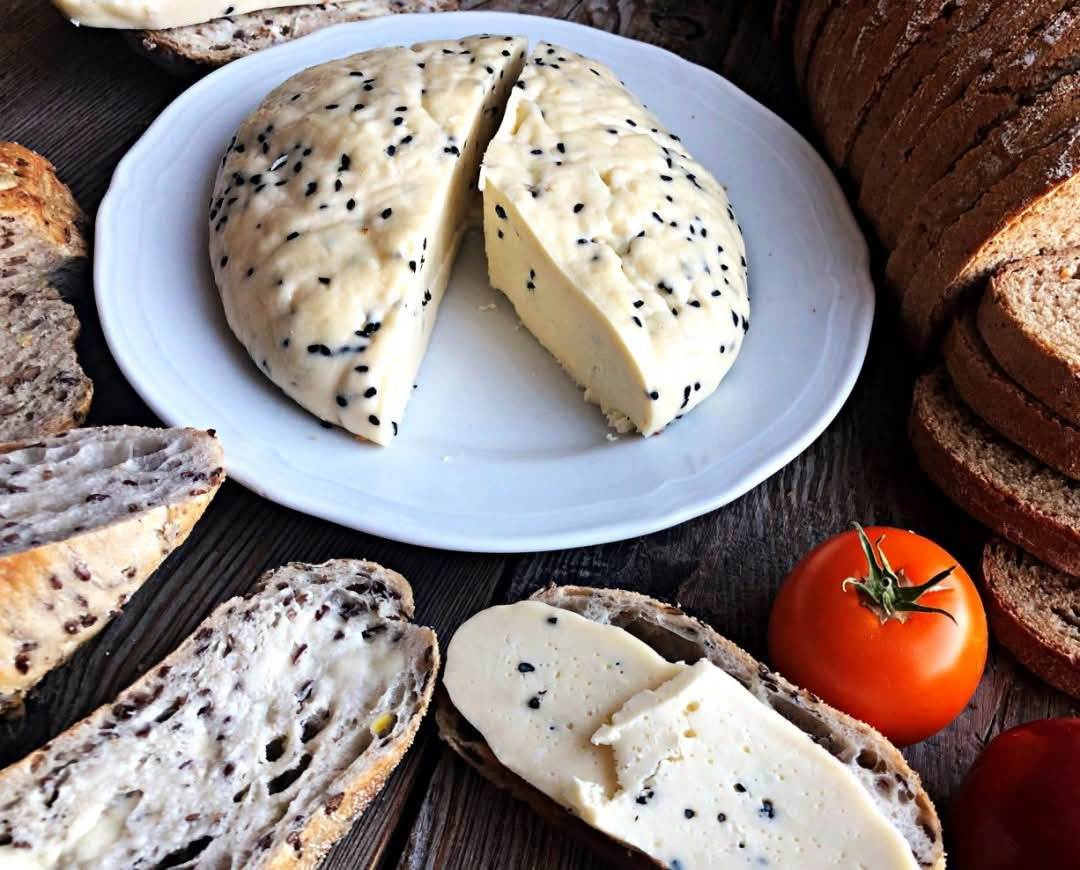Introduction
Koryciński is one of Poland’s most beloved regional cheeses. Its delicate texture and natural flavor make it ideal for many dishes. One of the most interesting variations is black cumin cheese, which gives it a slightly spicy and nutty aroma. In this article, you will learn how to make homemade Koryciński with black cumin, while retaining its traditional character.
Ingredients:
10 liters of fresh milk (preferably cow’s milk)
1/4 teaspoon of liquid rennet or the appropriate amount of powder
1/2 cup of sour cream or buttermilk
1 teaspoon of salt
1 tablespoon of black cumin
Clean cheesecloth and a strainer for draining
Preparation:
Heating the Milk
Heat the milk to approximately 36°C. Use a cooking thermometer to check the temperature.
Adding the Bacterial Cultures
Pour in the sour cream or buttermilk and mix well. Let stand for 30 minutes to allow the bacteria to work.
Coagulating the Milk
Add the rennet, stirring gently for a few seconds. Let stand for about 40 minutes until the curd forms.
Cutting and Mixing the Curd
Using a sharp knife, cut the curd into small cubes (about 1.5 cm). Stir gently for a few minutes to separate the whey.
Heating the Curd
Gradually heat the cheese to 40°C, stirring gently.
Shaping the Cheese
Strain the curd through cheesecloth, pressing gently to remove excess whey.
Add the salt and black cumin and mix well.
Final Shaping
Place the cheese in a mold or wrap it in cheesecloth under a light weight for a few hours.
Maturing
The cheese can be eaten fresh or aged for a few days in the refrigerator, which will allow its flavor to develop.
Serving and Storage Tips:
The cheese is best aged for a few days.
It can be stored in the refrigerator, wrapped in parchment paper or a linen cloth.
It pairs perfectly with crusty bread, honey, and fresh herbs.
Variations:
Herbaceous: Add dried oregano, basil, or thyme to the cheese.
Spicy: Add chili pepper or garlic for a more pronounced flavor.
Nutty: Pairs perfectly with chopped walnuts or almonds.
FAQ:
1. Can I use pasteurized milk?
Yes, but raw milk or farm-fresh milk are better, as they contain natural bacteria that aid in aging.
